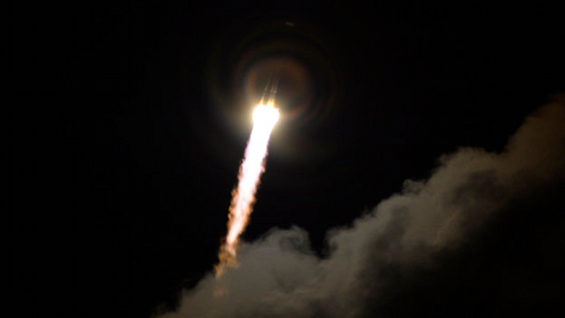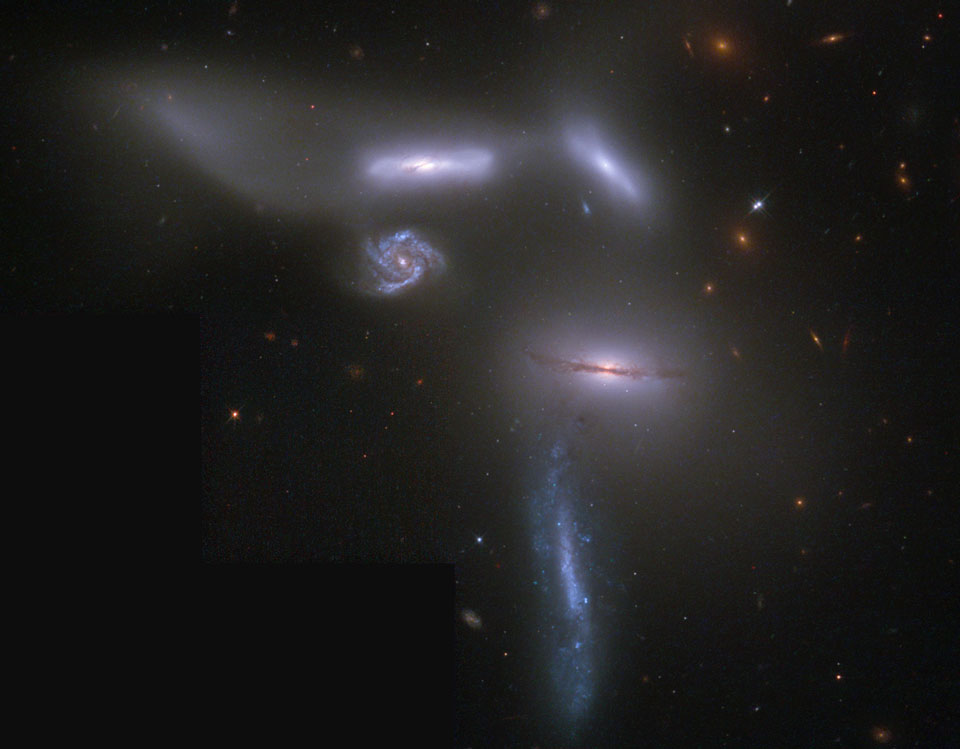Friday, December 27, 2013
An Atlas of the Universe
"This web page is designed to give everyone an idea of what our universe actually looks like. There are nine main maps on this web page, each one approximately ten times the scale of the previous one. The first map shows the nearest stars and then the other maps slowly expand out until we have reached the scale of the entire visible universe."
An Atlas of the Universe
Wonderful, warmly recommended!
Friday, December 20, 2013
A Prayer for Gaia Billion Star project
 |
| Launch of Gaia 19 December, 2013 Image ESA |
Dear Lord of Hosts
We thank you for the successful launch of the ESA Gaia satellite
We pray that You do not take it as yet another proud Tower of Babel raised for the vain glory of humanity but rather as the joint effort of Nations to learn more about the wonderful Universe you have created.
We ask your blessing to all those involved in this project to better understand the Milky Way You have made and to let your holy angels watch over this lonely traveller to its orbit.
As Christians we pray this in the name of Jesus Christ, our Lord.
Amen
____________
Update
08 January 2014
ESA's billion-star surveyor Gaia is now in its operational orbit around a gravitationally stable virtual point in space called 'L2', 1.5 million km from Earth.
Praise the Lord!
Amen
Tuesday, December 10, 2013
Redshift challenge in Seyfert's Sextet
 |
| Seyfert's Sextet image NOAO |
The accompanying image shows labeling and redshifts expressed in speeds km/s. While most redshifts in the sextet are in the range 4017 km/s - 4482 km/s there is one odd galaxy in the center with the speed of 19813 km/s. This is another story, altogether.
Always ready for new adventures in Science, aren't we!
"Five of the members show very similar redshifts, from 4000 to 4500 km/s, while the fifth is measured at nearly 20000 km/s. Conventional wisdom argues that this is a chance projection of a distant background galaxy: some would have otherwise and require a complete rethink of modern cosmology and the introduction of completely new physics."
 |
| Image NOAO |
Always ready for new adventures in Science, aren't we!
"Five of the members show very similar redshifts, from 4000 to 4500 km/s, while the fifth is measured at nearly 20000 km/s. Conventional wisdom argues that this is a chance projection of a distant background galaxy: some would have otherwise and require a complete rethink of modern cosmology and the introduction of completely new physics."
Well, such complete rethink of modern cosmology etc. has happened - an exception, anomaly in observed data that challenges generally accepted theories and at the end smashing them. So who will win in this case, classic redshift physics or human mind generating a new theory explaining the strange redshift reading for the sixth object in Seyfert's Sextet?
Well, let's take a closer look at the sextet taken by a camera located above Earth's distorting atmosphere.
 |
| Seyfert's Sextet NASA APOD |
- the small face-on spiral galaxy lies in the distant background and appears only by chance aligned with the main group.
- Also, the prominent condensation on the upper left is likely not a separate galaxy at all, but a tidal tail of stars flung out by the galaxies' gravitational interactions." (APOD)
What you see is what you get - the sextet turns out to be a quartet!
As for classic redshift physics, common wisdom has survived this challenge and demonstrated once again the value of optical spectrometry to Astronomy!
Subscribe to:
Posts (Atom)
